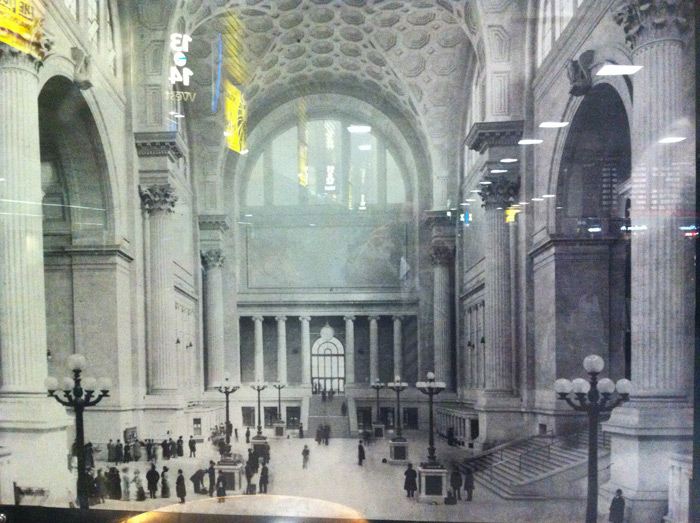I have been exploring the ways businesses are connecting with their customers via the web and social media. More and more, you hear brands refer to their customers as a “community,” especially as businesses more readily embrace social media to tap into the markets they serve.
But I am curious about the distinction between stated intention, and action. What I mean is: oftentimes, a business will have a noble stated intention – that they are embracing social media in order to listen to their customers, and offer them special benefits that will improve their lives and help them meet their goals.
And sometimes, this is indeed the case.
But other times, businesses are piling into social media simply to market their products via new channels. Are they adjusting their tactics? Of course they are. Savvy companies know they can’t merely “broadcast” their message in social media channels. So they get more nuanced, they get smarter about turning a marketing campaign into a social media campaign, adjusting where needed, to how their customers’ behaviors and expectations are changing.
Company Values
This reminds me of company values and mission statements that many businesses create. More and more, you see them posted on walls of offices and in stores that you may frequent. Here is Ben & Jerry’s:
Here is the mission statement of grocery retailer Supervalu:
The person who posted that photo to Flickr included a great caption that hits the nail on the head:
“This big yellow sign hangs above the stairs to remind us daily what our mission is. When I started about seven years ago, the “mission statement” took about 10 words to state; then a couple years ago, a committee was commissioned to revamp the 40-year-old statement. It now takes up the entire wall. Ah, committees.”
Many businesses want to be all things to all people, and embody every positive attribute. So you will commonly see mission statements that include all of these elements:
- We will produce the very best products.
- We put customers first.
- We put employees first.
- We believe in serving the community first.
- We put our shareholders first.
- We stop at nothing short of excellence in everything we do.
- We will be innovative.
- We will provide greater value than anyone else.
- We are the exclusive choice for savvy customers.
Too many businesses try to be inclusive of everything a business CAN be, so they often avoid making choices as to what kind of business they actually WILL be. They say “yes” to every item on the list above, because they never want to feel that they aren’t innovative, or value-conscious, or focused on customers, or produce great products.
What many companies are left with is rehashing the same staid words in their mission statements and values. The result is often that they become meaningless simply because employees and brands can’t live up to all of these things at once. If you remove the name of the company from these statements, you likely won’t be able to tell if it is from a bank, a food store, or a heavy equipment manufacturer.
This is the real point:
Intention isn’t enough.
It’s not enough to SAY you are focused on customer satisfaction, you have to deliver on it. It’s not enough to SAY you are innovative, your customers have to be the ones to say that.
In the best of times, we learn of a company’s values not because of what they say, but how they act. Here is a great example. This is the stated mission statement on the wall of a mobile phone store:
And this was the caption beneath the photo:
“And they followed through. The sales guy actually told us, given the situation, to NOT get a phone.”
Why do companies veer from their stated missions? Because John Lennon’s adage holds true: “Life is what happens to you while you’re busy making other plans.” A company’s brand is built not on what they say, but what they do. And often, they are doing so many things at once, that it may be difficult to keep their “values” front and center, especially when the need for “profit” is always looming so large in front of them.
I was watching a video of Steve Jobs announcing new Apple products this week. In it, he made a small offhand remark:
“This is why we do what we do.”
Why do I mention Apple? Why does EVERYONE mention Apple!? Because they seem to be one of the rare companies whose values, whose purpose, IS self-evident in their products, in their stores, in their tech support. Are they a bit arrogant? Sure. Are they a bit closed? Sure. Are they expensive? Sure. But we know what they stand for, we know what you GET when you buy an Apple product, and what you don’t get. They made a choice – and it’s hard to make a choice because that means you will likely have a polarizing effect with customers: some will love you, some will hate you, and some will ignore you. But this is how you prevent your business from becoming a commodity always competing on price alone.
When a brand needs to actively promote their values, you have to wonder why it was not so obvious in their existing products and services that they need to actually tell us.
Marketing Vs Community
This tagline on the door of Starbucks scared me:

I read the sign as another message: “Give in. Come Buy Our Coffee Like a Robot. Every Day.” But of course, wrapped in words such as ‘comfort’ and ‘ritual’ to make it sound down to earth, simple and relaxing.
Some businesses think a community is merely trapping a group of people into the habit of giving them attention or money. The customers of a cable TV provider are not a community. They merely needed cable, and had a limited choice of providers. Or for retail stores who offer loyalty cards, they feel that if you use them for a discount, again and again, that you are a part of their “community.”
A community cares about more than a discount.
Why do I love social media, even for businesses? Because it allows smart businesses to truly help their customers, truly listen to their customers, and truly share their passion and expertise with like-minded individuals in their markets.
And, instead of relying on vague values statements, it allows companies to illustrate their values in small ways every day. Not by saying “we care about customers,” but by actually connecting with individual customers, and showing them that they care.
It is these direct connections that never existed before. Cluttering up the social media channels with traditional marketing tactics is certainly going to be something that businesses will try. But the smart ones will realize the potential to reshape how they connect with their customers, and reshape the value that they can have in the lives of their customers.
And instead of printing values on the walls of their stores and offices, companies will simply allow their customers to express the values that they experienced. One Tweet, status update, and blog post at a time.
-Dan

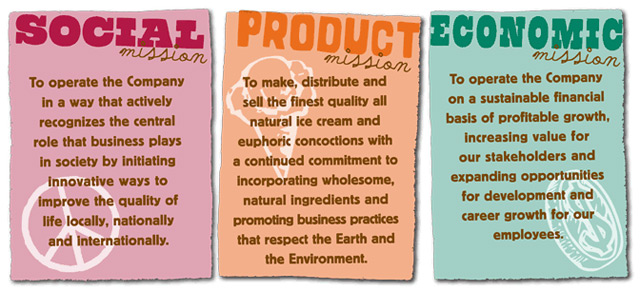

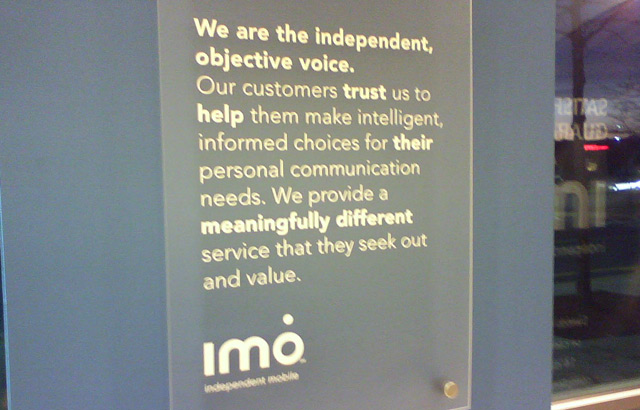











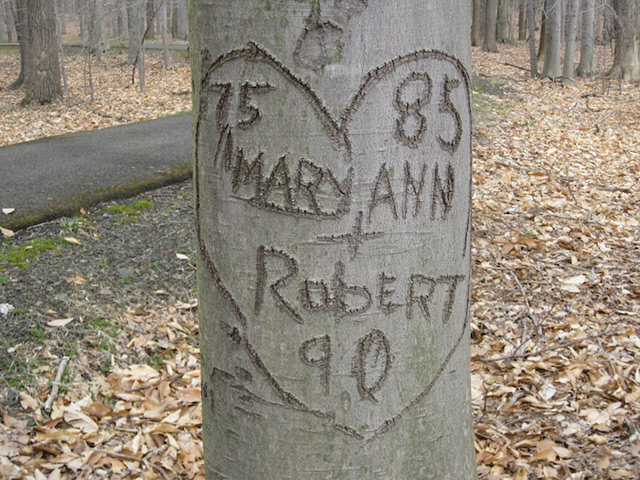

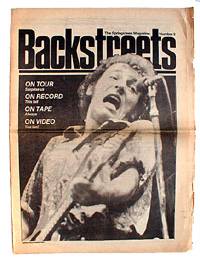 This also touches upon the idea of how a body of work extends to growing a community. Let me give you an example. This week I listened to a
This also touches upon the idea of how a body of work extends to growing a community. Let me give you an example. This week I listened to a 